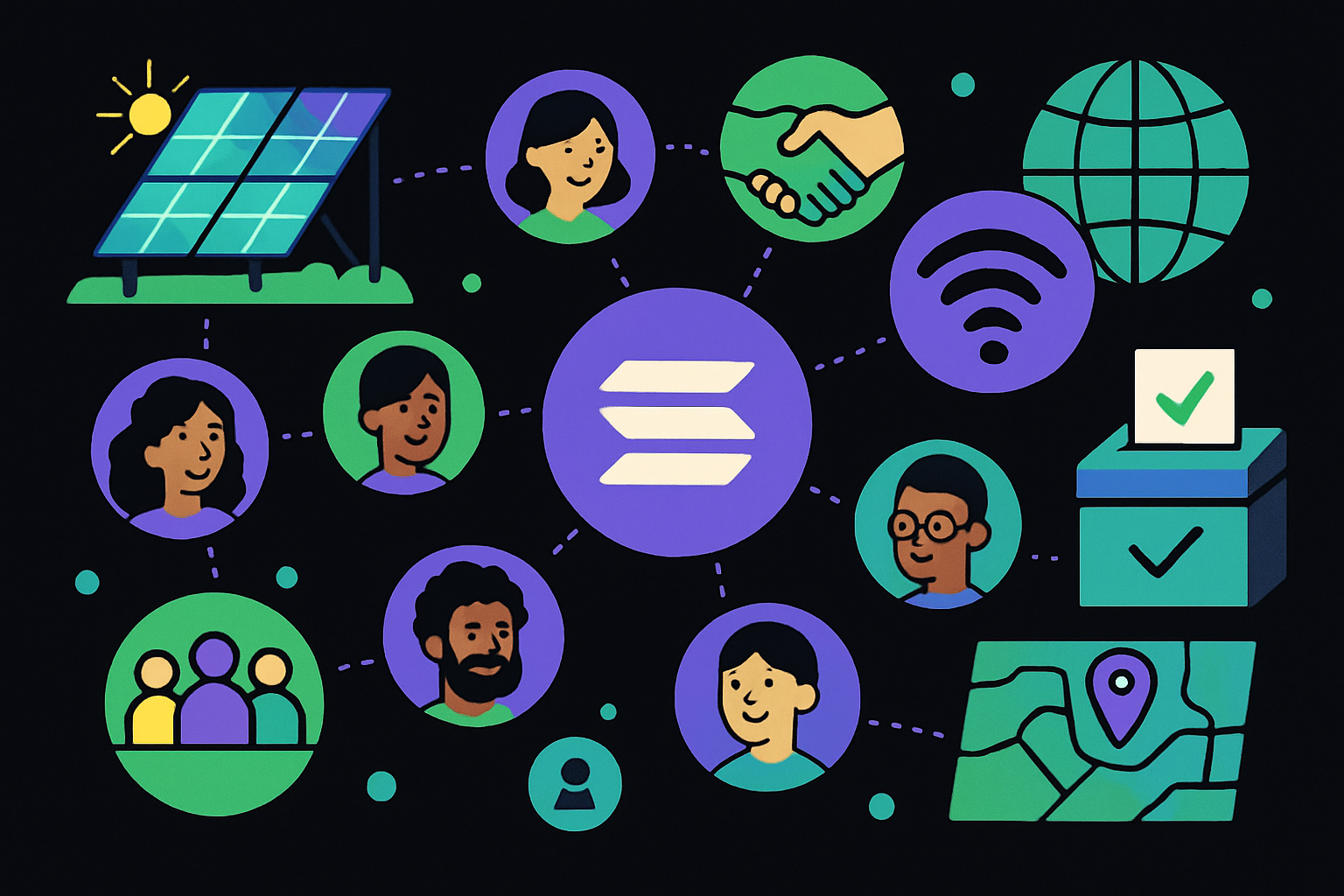
Solana’s Decentralized Physical Infrastructure Networks (DePIN) are fundamentally reshaping how society approaches real-world infrastructure. By leveraging Solana’s high throughput, negligible transaction fees, and composable smart contracts, DePIN projects are addressing inefficiencies in energy, connectivity, and public services. The result is a new paradigm where infrastructure is not only more resilient and cost-effective but also community-driven and globally accessible. As of October 2025, with Solana trading at $192.09, the momentum behind DePIN is undeniable, as evidenced by a sixfold increase in active networks since 2023. Let’s examine three leading use cases where Solana DePIN projects are delivering tangible value today.
Decentralized Solar Energy Networks: Peer-to-Peer Power on Solana
Traditional energy grids are increasingly strained by rising demand, aging infrastructure, and the intermittent nature of renewables. Solana DePIN projects are providing an elegant solution: decentralized solar energy networks that enable peer-to-peer energy sharing and transparent trading. For example, initiatives like Helium Mobile x Energy are building open marketplaces where individuals and businesses can monetize excess solar generation, while consumers gain access to cleaner, more affordable power.
By tokenizing energy credits on Solana, these networks provide real-time settlement, transparent accounting, and robust incentives for grid participation. This approach not only increases grid resilience but also democratizes access to renewable energy, empowering communities to become both producers and consumers (prosumers) in a trustless environment.
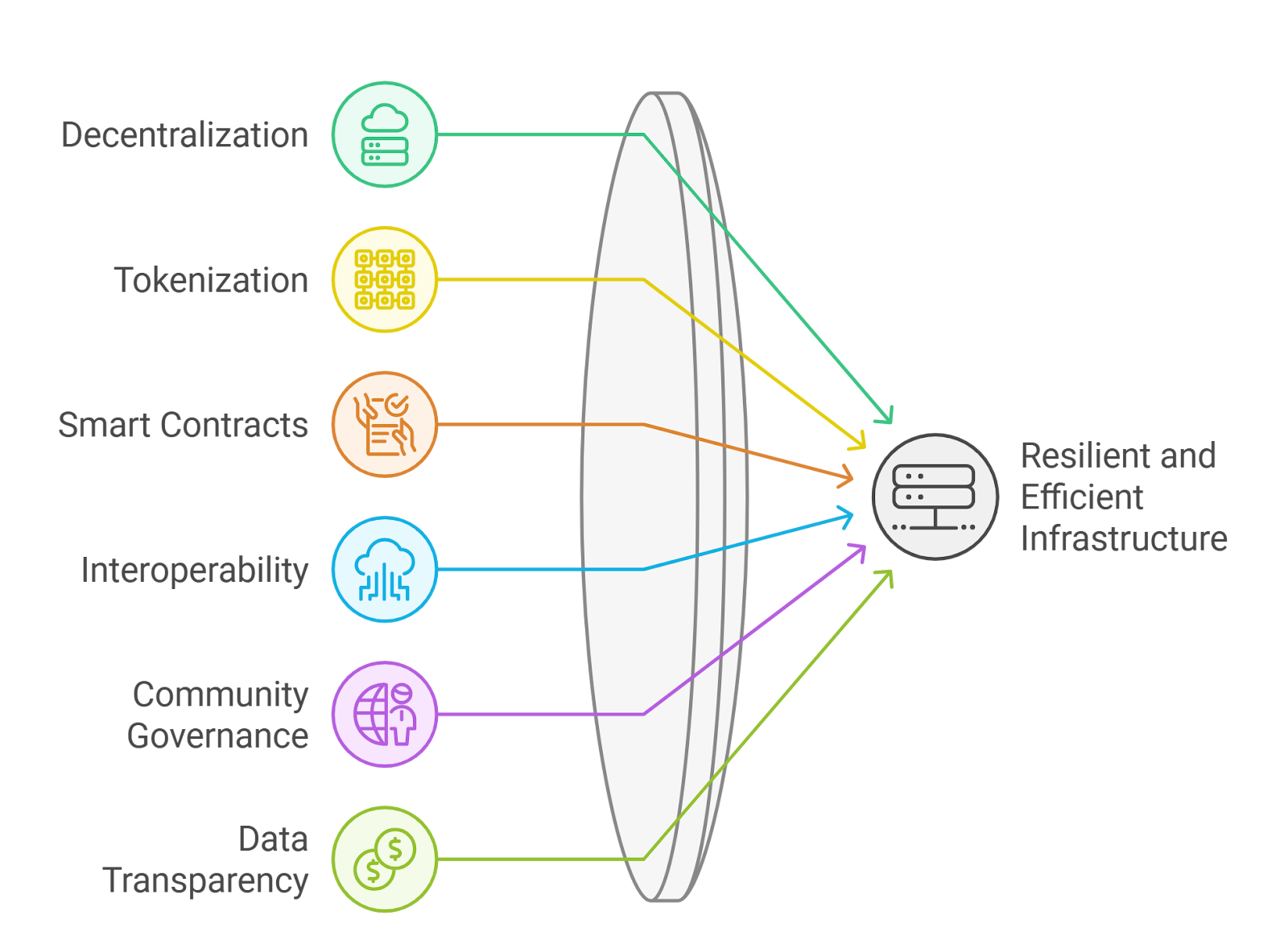
StarPower and similar projects are leveraging Solana’s performance to aggregate distributed energy resources (DERs), creating a global distributed energy network capable of meeting the demands of AI, data centers, and high-consumption technologies. The implications for grid stability and climate resilience are profound. For a technical deep dive into how Solana powers these networks, see this guide.
Borderless, Community-Powered Wi-Fi Connectivity
Access to reliable internet remains a persistent challenge in many regions. Solana DePIN projects like Helium Mobile are tackling this problem by creating borderless, decentralized wireless networks. Instead of relying on centralized telecom giants, these projects incentivize users to deploy Wi-Fi hotspots and eSIM nodes, expanding coverage to underserved urban and rural areas worldwide.
With over 2.3 million users and 2 million Wi-Fi nodes deployed across 190 and countries, Helium Mobile demonstrates the scalability of Solana-powered DePIN models. Participants earn $ROAM tokens for sharing connectivity or validating network traffic, fostering a virtuous cycle of growth and affordability. The result is a more robust, censorship-resistant internet that is owned and operated by its users, not by monopolistic intermediaries.
For further reading on decentralized wireless infrastructure and its real-world impact, explore this analysis.
On-Chain Public Infrastructure Tracking: Transparency and Civic Engagement
Maintaining and monitoring public infrastructure has long been hampered by data silos, bureaucratic lag, and lack of transparency. Solana DePIN projects like Hivemapper are changing this dynamic by crowdsourcing real-time data on roads, utilities, and environmental conditions. Everyday drivers equipped with dashcams collect street-level imagery, earning HONEY tokens for their contributions. This approach has already mapped approximately 30% of the world’s roads, making Hivemapper the fastest-growing mapping company in history.
Ambient Network extends this model to environmental monitoring, rewarding users for sharing data on air quality, noise, and urban cleanliness. By anchoring these datasets on Solana, DePIN projects ensure immutability, open access, and a new level of civic engagement in infrastructure maintenance.
Key Benefits of On-Chain Public Infrastructure Tracking
-
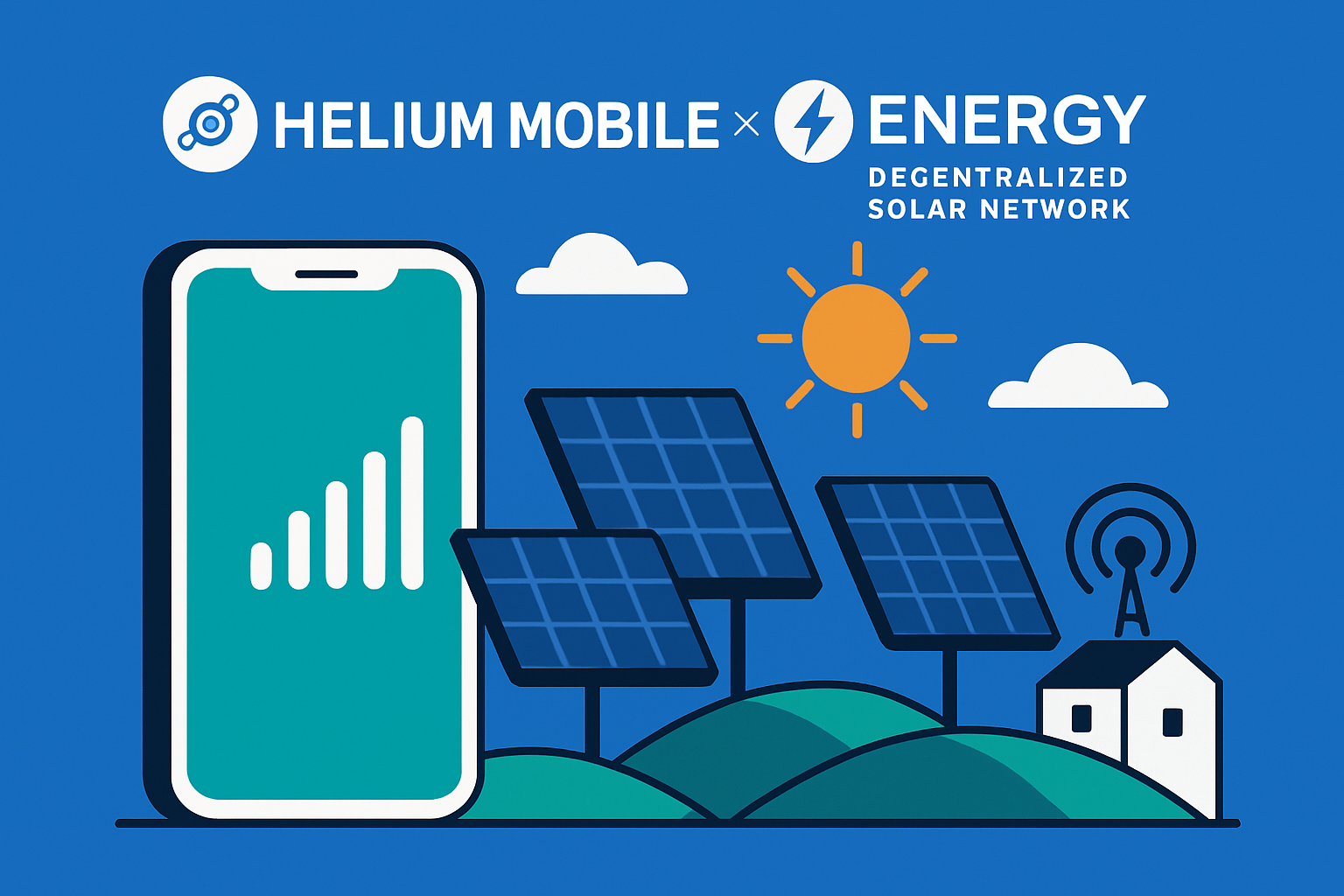
Decentralized Solar Energy Networks (e.g., Helium Mobile x Energy): Solana DePIN projects enable peer-to-peer solar energy sharing and trading, allowing individuals and businesses to monetize excess renewable power. This approach increases grid resilience, enhances transparency, and supports the integration of distributed energy resources into the broader energy ecosystem.
-
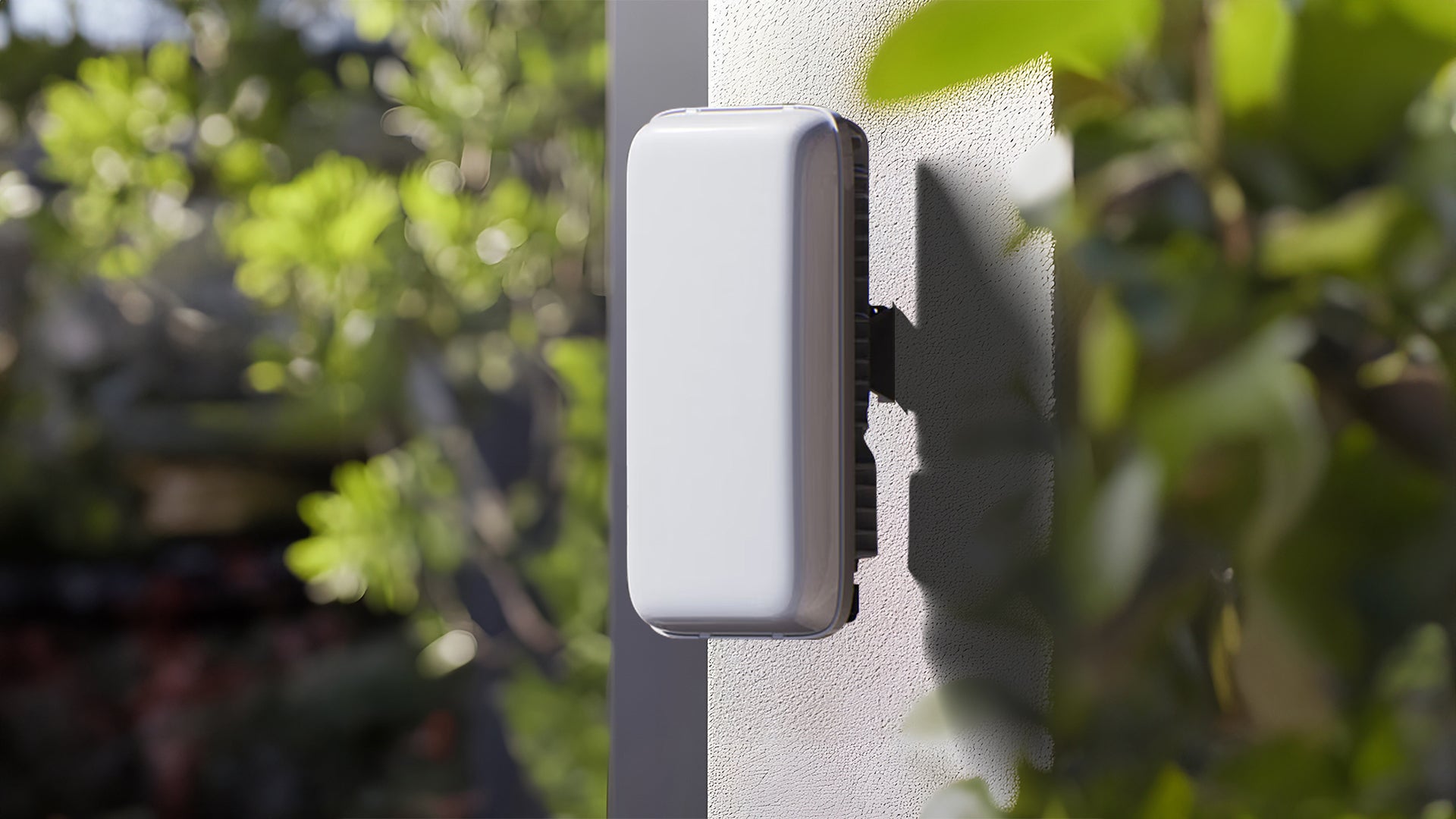
Borderless, Community-Powered Wi-Fi (e.g., Helium Mobile): Leveraging Solana’s high throughput and low fees, decentralized wireless networks like Helium Mobile incentivize users to deploy hotspots. This model expands affordable internet access in underserved urban and rural areas worldwide, fostering digital inclusion and reducing reliance on centralized telecom providers.
-
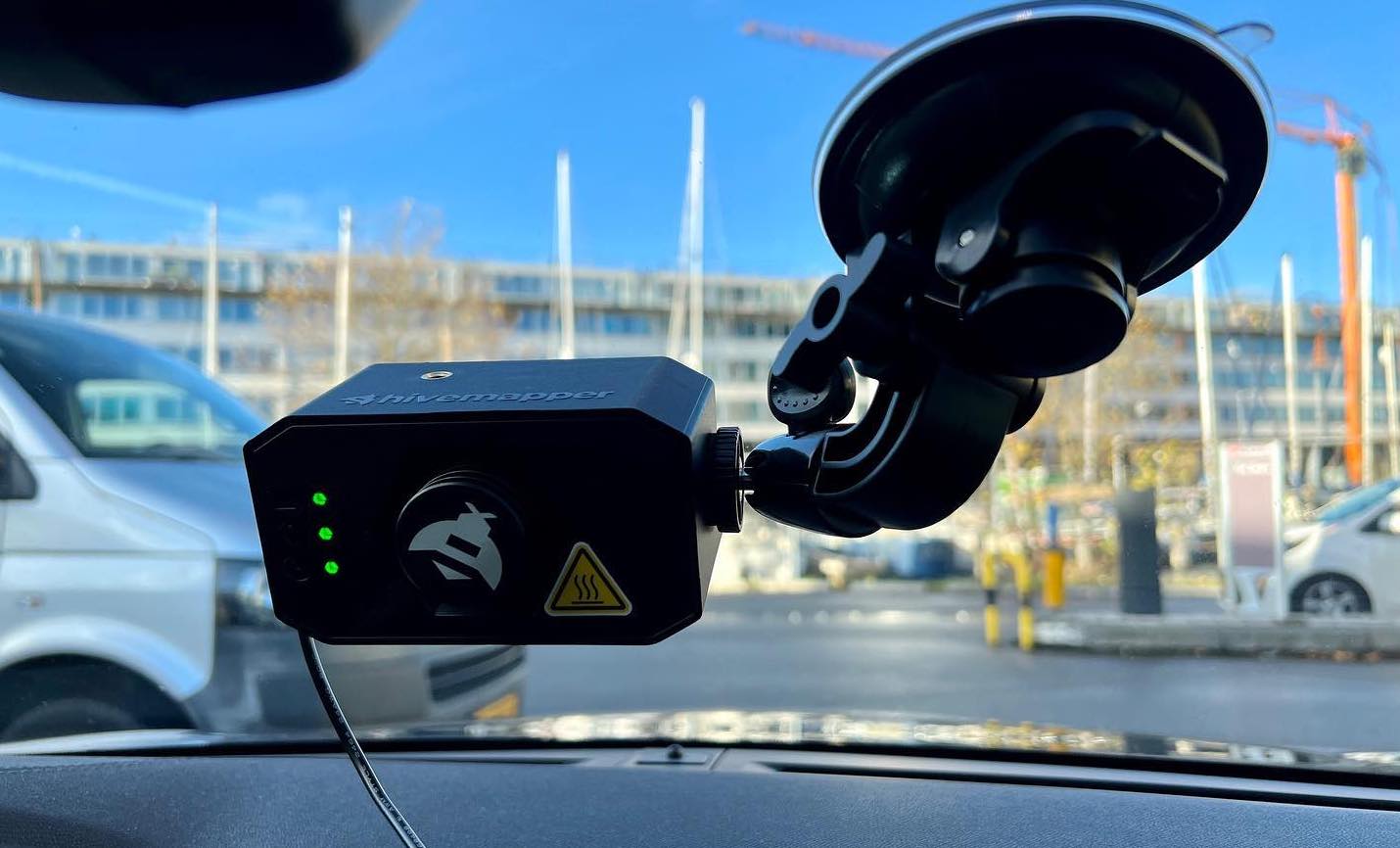
On-Chain Public Infrastructure Tracking (e.g., Hivemapper): Solana DePIN projects utilize blockchain to crowdsource real-time data on public assets—such as roads, utilities, or environmental sensors. This improves transparency, maintenance efficiency, and civic engagement by providing open, verifiable records of infrastructure conditions and updates.
The ability to crowdsource and transparently track public assets not only improves maintenance efficiency but also empowers citizens to participate directly in shaping their communities. For more real-world examples of how Solana DePIN is transforming infrastructure, see this overview.
Solana’s DePIN ecosystem is rapidly pushing the boundaries of what’s possible in decentralized infrastructure by fusing blockchain incentives with real-world participation. As these networks mature, the implications for global infrastructure are far-reaching, with efficiency gains, cost reductions, and new ownership models emerging across sectors.
Economic Impact and Token Incentives
The economic model underpinning Solana DePIN projects is rooted in tokenized incentives that align the interests of network participants. In the case of decentralized solar energy networks, energy providers and consumers interact directly via smart contracts, bypassing traditional intermediaries. This not only accelerates settlement and reduces costs, but also creates a liquid market for renewable energy credits, driven by transparent, on-chain data. As more users contribute to the grid, network effects compound, enhancing both liquidity and reliability.
Borderless Wi-Fi networks like Helium Mobile leverage similar token mechanics. By rewarding individuals for deploying hotspots, these projects reduce the capital intensity of network expansion while ensuring that coverage grows in response to real demand. The result is a decentralized telecom infrastructure that can adapt rapidly to shifting population centers or disaster recovery scenarios, something legacy providers struggle to match.
Technical Advantages of Solana for DePIN
Solana’s architecture is uniquely suited to the demands of DePIN. With its high throughput (processing thousands of transactions per second) and low fees (often a fraction of a cent), Solana enables microtransactions and real-time data anchoring at scale. This is essential for use cases like on-chain public infrastructure tracking, where millions of data points, such as road conditions or sensor readings, must be recorded, validated, and made accessible without bottlenecks.
Moreover, Solana’s composability allows DePIN projects to interoperate seamlessly. For example, environmental data collected by Ambient Network could inform city planners or energy providers participating in decentralized solar networks. The shared infrastructure layer reduces duplication and fosters innovation across the ecosystem.
Challenges and the Road Ahead
Despite the remarkable progress, Solana DePIN projects still face hurdles. Regulatory uncertainty, especially in the energy and telecom sectors, can slow adoption. Ensuring long-term sustainability of token incentives and preventing network centralization are ongoing concerns. Additionally, onboarding non-technical users remains a critical challenge, although user-friendly interfaces and mobile apps are making strides toward broader accessibility.
Yet, the momentum is unmistakable. With Solana trading at $192.09 as of October 2025, investor confidence in the network’s long-term viability remains robust. The rapid growth in active DePIN projects underscores a fundamental shift: infrastructure is no longer the exclusive domain of governments and large corporations, but is becoming community-owned, programmable, and globally accessible.
Would you participate in a Solana-powered DePIN project for your local community?
Solana DePIN projects are transforming real-world infrastructure in energy, Wi-Fi, and public services by enabling community-driven, decentralized solutions. Which use case would you be most interested in supporting for your area?
Explore Further
For those interested in deepening their understanding of how Solana DePIN projects are transforming real-world infrastructure, consider exploring additional resources:
- Technical Guide: How Solana Powers DePIN
- Top Projects Transforming Infrastructure
- Decentralized Wireless Networks on Solana
As the DePIN movement on Solana continues to evolve, one thing is clear: the convergence of blockchain technology and physical infrastructure is ushering in a new era of transparency, efficiency, and empowerment for communities worldwide.






